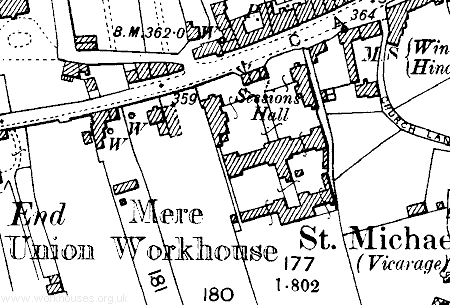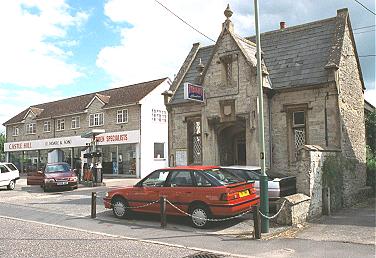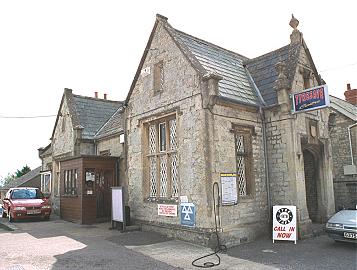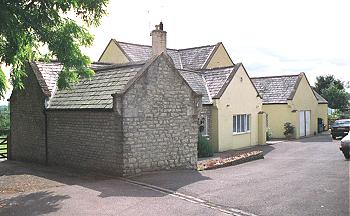Mere, Wiltshire
Up to 1834
Mere had a parish poorhouse from 1638. The two-storey building, situated at the bottom of Steep Street, had four rooms on each floor. It was demolished in 1877.
A workhouse operated in Stourton from around 1726.
In 1814, Mere formed a Gilbert's Union which used a workhouse on the south side of Castle Street. The poor were employed in such tasks as road-mending, silk-spinning, and in liming fields.
In 1811, the parish of East Knoyle decided to build a workhouse or 'House of Industry' on what is now Park Farm. In 1824, Thomas Hunt from Tisbury was appointed as governor, along with his wife Sarah as governess. They remained in post until the closure of the establishment and in 1834 were given an extra soverign as a gift.
After 1834
The Mere Poor Law Union formally came into being on 14th October 1835. Its operation was overseen by an elected Board of Guardians, 15 in number, representing its 12 constituent parishes as listed below (figures in brackets indicate numbers of Guardians if more than one):
County of Wiltshire:
East Knoyle (2), Kingston Deverill, Mere (3), Monkton Deverill, Upper Pertwood, Sedgehill, West Knoyle.
County of Dorset: Bourton, Stilton.
County of Somerset: Kilmington.
Counties of Wiltshire and Somerset: Maiden Bradley with Yarnfield, Stourton with Gaspar.
Later Additions: Zeals (from 1896).
The population falling within the Union at the 1831 census had been 7,494 with parishes ranging in size from from Pertwood (population 29) to Mere itself (2,708). The average annual poor-rate expenditure for the period 1833-35 had been £5,269 or 14s.1d. per head of the population.
A union workhouse was erected at Mere in 1838-9. The Poor Law Commissioners authorised an expenditure of £3,470 on construction of the building which was to accommodate 150 inmates. It was designed by the partnership George Gilbert Scott and William Bonython Moffatt who were the architects of many other Union workhouses although Mere was their only construction in Wiltshire. The building featured a central entrance archway at the front, a three-storey main accommodation range, and single-storey laundry and day-room buildings to the rear. The workhouse location and layout are shown on the 1901 map below.

Mere workhouse site, 1901
Following the 1930 Public Assistance Act, the workhouse was closed down and its inmates transferred to Tisbury. In 1932, local department store Waltons purchased the site and buildings for £750. The garden land was sold off in 1933 and the entrance archway converted into a house in 1934. The site was subsequently taken over by a garage and car-dealers and most of the old buildings were demolished in the 1960s. In 2001, the only structures were a small building at the front (used as an office), and the former laundry and day-room block at the rear (converted to residential use).

Mere from the north-west, 2000.
© Peter Higginbotham.

Mere from the north-east, 2000.
© Peter Higginbotham.

Mere former laundry/day-room from the north-east, 2000.
© Peter Higginbotham.
Staff
Inmates
Records
Note: many repositories impose a closure period of up to 100 years for records identifying individuals. Before travelling a long distance, always check that the records you want to consult will be available.
- Wiltshire and Swindon Archives, Wiltshire and Swindon History Centre, Cocklebury Road, Chippenham SN15 3QN. Few records survive — holdings include: Guardians' minutes (1835-1930).
Bibliography
- Sidwell E & Sidwell M (1995) Mere Union Workhouse (Mere Museum Monographs, No.5, published by Friends of Mere Museum)
Links
- None.
Unless otherwise indicated, this page () is copyright Peter Higginbotham. Contents may not be reproduced without permission.


